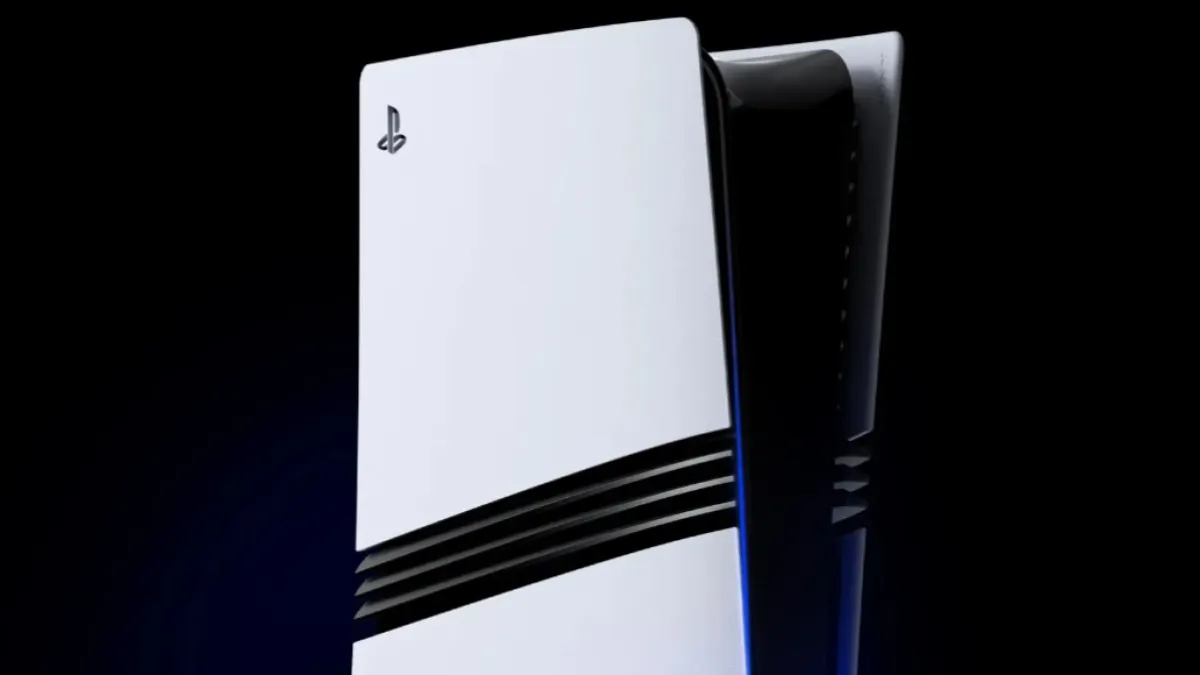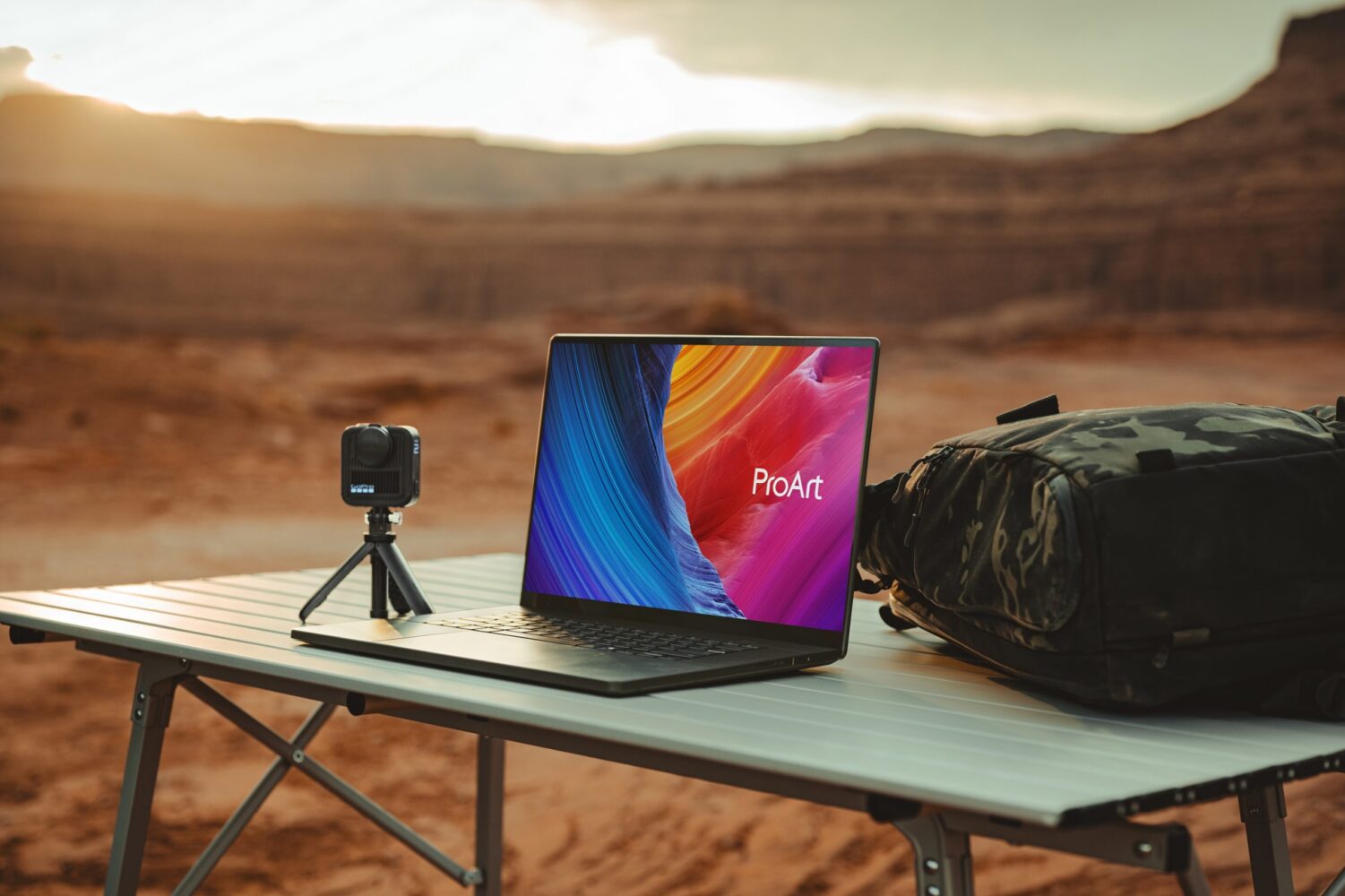If you thought the PS5 Pro was the end of Sony’s console evolution for a while, think again. Mark Cerny, the quiet genius behind the PS5 and PS5 Pro, just sat down with AMD’s Jack Huynh (SVP and GM of its computing and graphics group) to casually drop some major hints about the future of PlayStation hardware — including GPU tech that could power the eventual PS6.
The pair appeared in a new YouTube discussion that ran just under ten minutes but was packed with details. While they stopped short of naming the PS6 outright, the conversation made one thing clear: Sony and AMD are already deep into shaping the next generation of PlayStation graphics. And though the hardware is still “in simulation” and “very early days,” the duo talked about some genuinely intriguing innovations — especially around upscaling, ray tracing, and power efficiency.
One of the biggest new terms dropped in the conversation was Radiance Cores, a fresh GPU component from AMD’s upcoming RDNA architecture. Think of them as AMD’s answer to Nvidia’s RT Cores — purpose-built to handle the heavy lifting behind ray tracing and path tracing, those light-simulation techniques that make game worlds look eerily real.
Cerny admitted that “the current approach has reached its limit,” suggesting that today’s hardware can only go so far with software-based improvements. Radiance Cores aim to change that, promising faster rendering, smoother lighting, and more efficient use of system resources.
Paired with AMD’s upcoming FSR Redstone upscaling system — complete with AI-driven features like Neural Radiance Caching — this tech could make games sharper, smoother, and far more efficient without requiring massive GPU brute force.
Another crucial piece of the puzzle is how Sony plans to manage data flow. The PS5 already uses Delta Color Compression to make sure massive textures don’t choke the GPU. For the next generation, that’s evolving into something called Universal Compression, which can squeeze nearly everything in the rendering pipeline. The result? Higher frame rates, better image quality, and a GPU that runs cooler and consumes less power — all without cutting corners.
AMD’s Huynh summed it up neatly: the goal is “more detail, higher frame rates, and greater efficiency.”
Here’s where things get especially interesting. All this talk about efficient, low-power GPU design might not just be for a PS6 that sits under your TV. It could easily fit into the ongoing rumor mill about Sony’s next handheld.
Imagine a portable PlayStation with an RDNA-based chip, Radiance Cores for real-time lighting, and compression tech that makes big games run beautifully on limited hardware. Combined with Sony’s new “Power Saver” modes — already present in the PS5 Pro — it’s not hard to see where this is going.
A handheld that runs PS5-quality titles efficiently? Suddenly, that rumor doesn’t sound so wild.
Of course, all this next-gen teasing comes with a side effect: it makes the current PS5 lineup feel a little… dated. The PS5 Pro only just launched, yet Sony and AMD are already pointing toward what’s next — a reminder that gaming hardware never really stops evolving.
Still, seeing Cerny and AMD openly discuss their plans this early is exciting. The next PlayStation, whether it’s the PS6 or a new handheld hybrid, looks poised to deliver both raw power and remarkable efficiency — something that’s increasingly vital as consoles double as entertainment hubs, AI machines, and portable gaming rigs.







